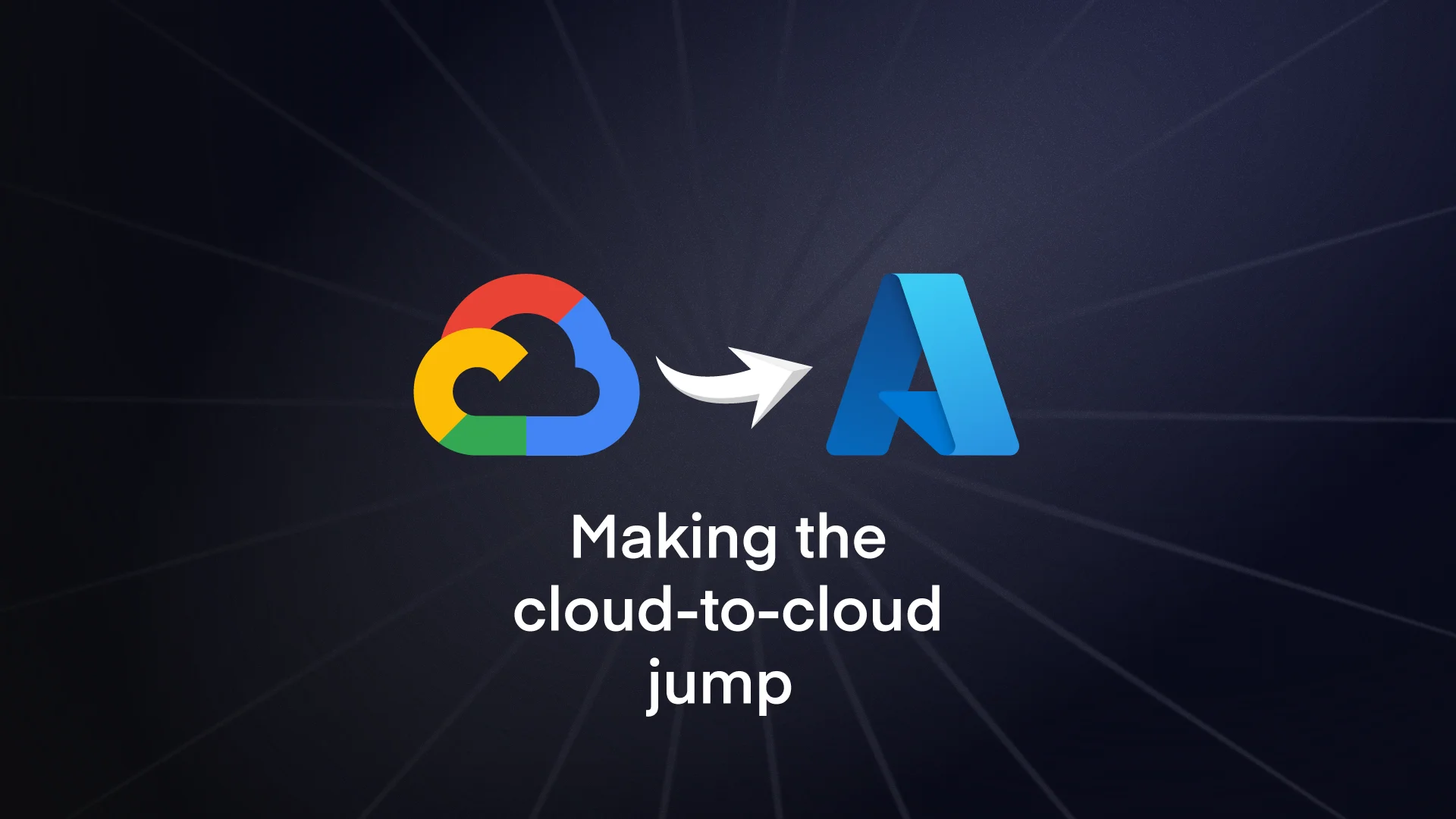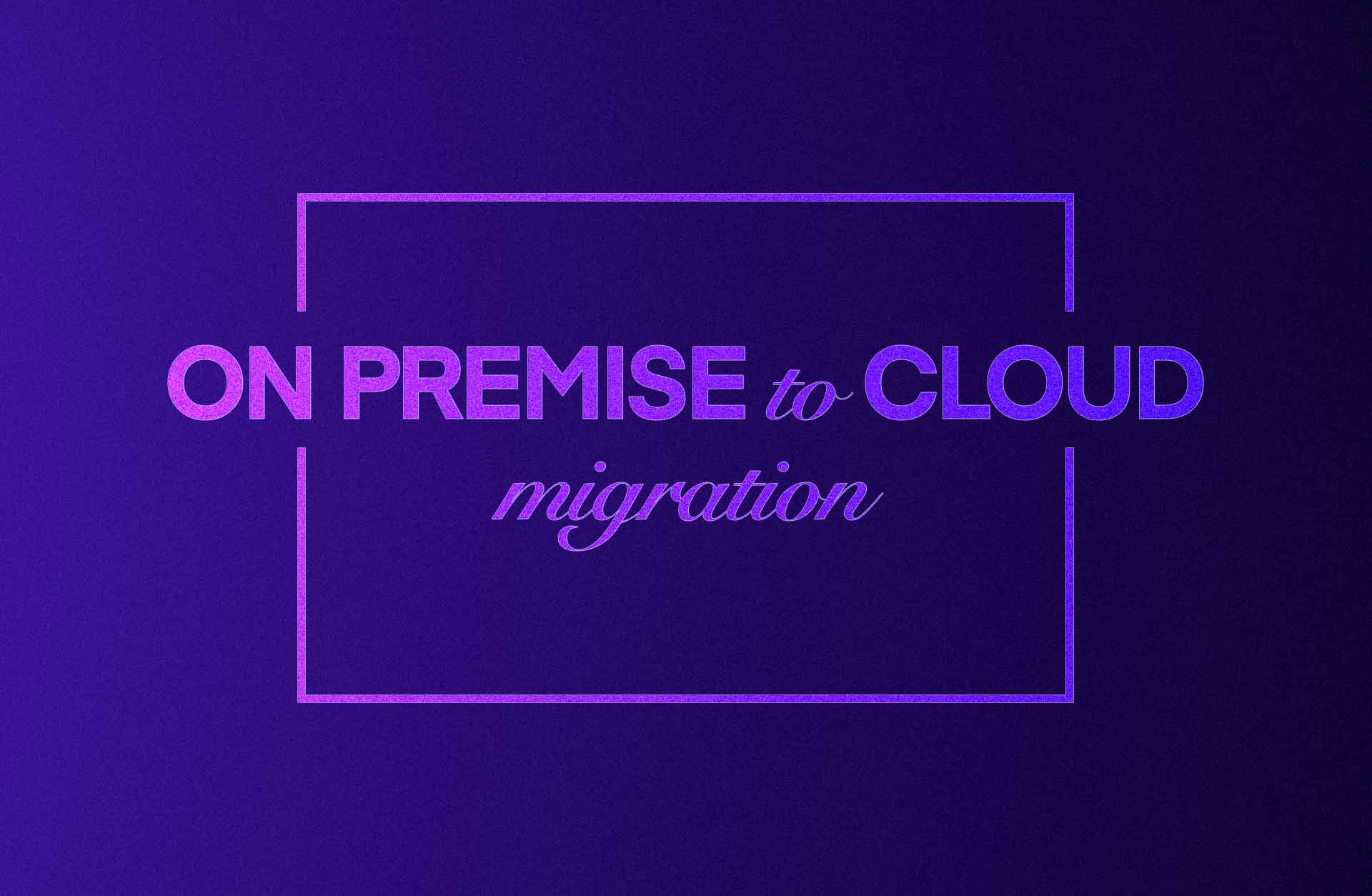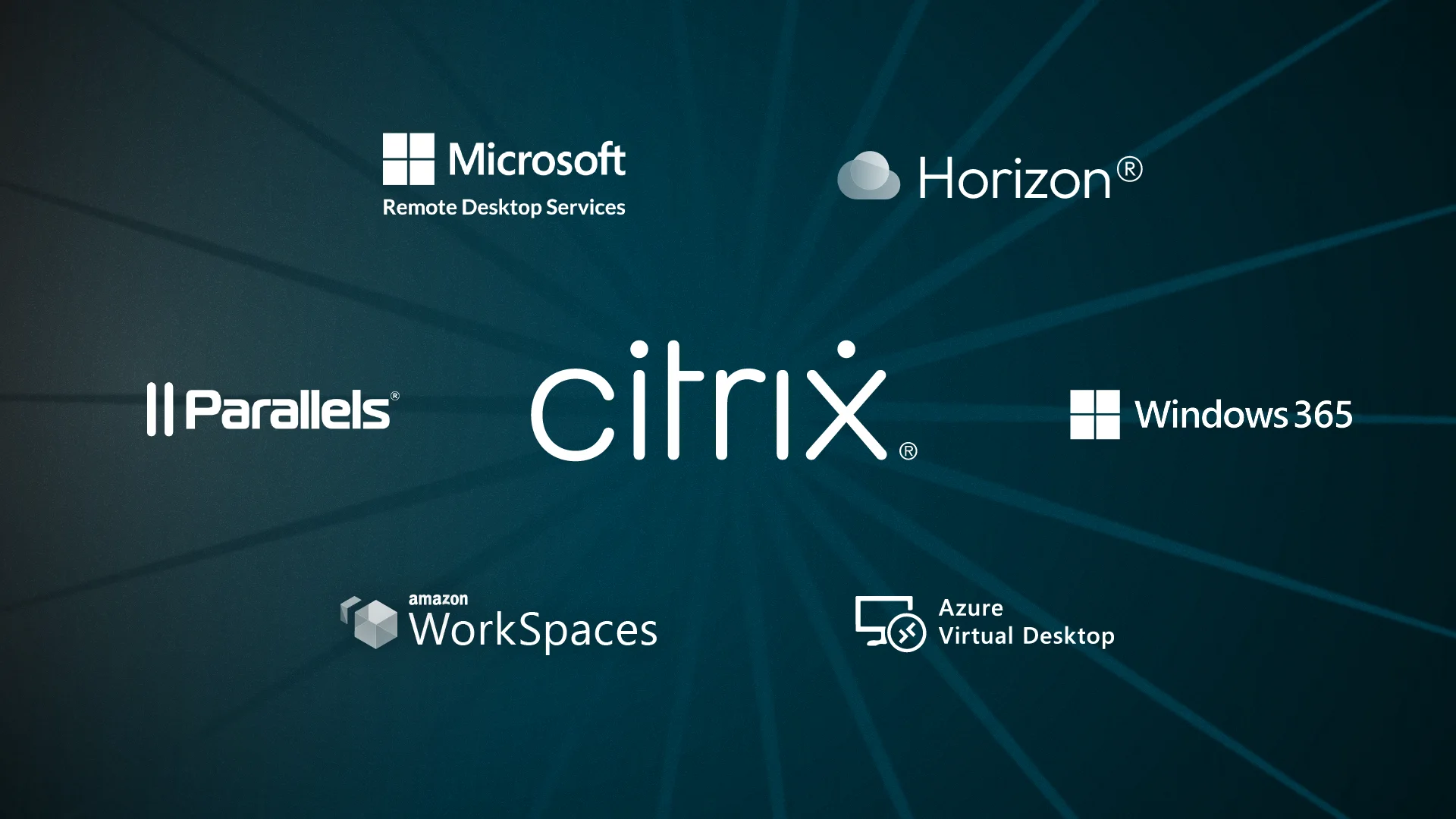Before you migrate anything, you’ll need a decent grasp on how these platforms differ. They solve the same problems but often in quite different ways.
Resource organisation works differently. GCP uses projects as the primary organisational boundary, while Azure uses subscriptions and resource groups. This isn’t just a difference in terminology – it affects how you structure everything from billing to access control. A single GCP project might map to multiple Azure resource groups, or vice versa.
Identity and access management takes some mental adjustment. GCP’s service accounts and IAM bindings work differently from Azure’s managed identities and role assignments. Both achieve the same goals, but the implementation details matter when you’re migrating applications.
Networking concepts definitely need translation. GCP’s Virtual Private Cloud networks are global by default, while Azure Virtual Networks are regional. Subnets work differently. Load balancers have different features. It’s all networking, but the details will trip you up if you’re not prepared.
Billing and cost management follows different patterns. Both GCP and Azure now bill by the second for most compute services, though the specifics vary by service type. GCP’s sustained use discounts happen automatically, while Azure requires reserved instances or savings plans. How does that affect your actual pricing? Well, for teams with predictable workloads, Azure can end up cheaper—but if your workloads are bursty or experimental, GCP’s automatic model can feel simpler. Azure tends to reward larger, longer-term enterprise commitments; GCP favours agility and simplicity.
Security and compliance are broadly comparable across both platforms, but they take different routes to get there. Both encrypt data in transit and at rest, enforce strong identity controls, and meet major certifications like ISO 27001, SOC 2 and GDPR. Azure leans towards integration and visibility: its Entra ID and native tools such as Defender for Cloud and Sentinel make sense for organisations already in the Microsoft ecosystem. GCP, on the other hand, prioritises isolation and automation, with granular IAM controls, Binary Authorization and global security perimeters baked into the platform. In short: both are secure by design, but Azure fits enterprise governance better while GCP appeals to developer-led teams.





